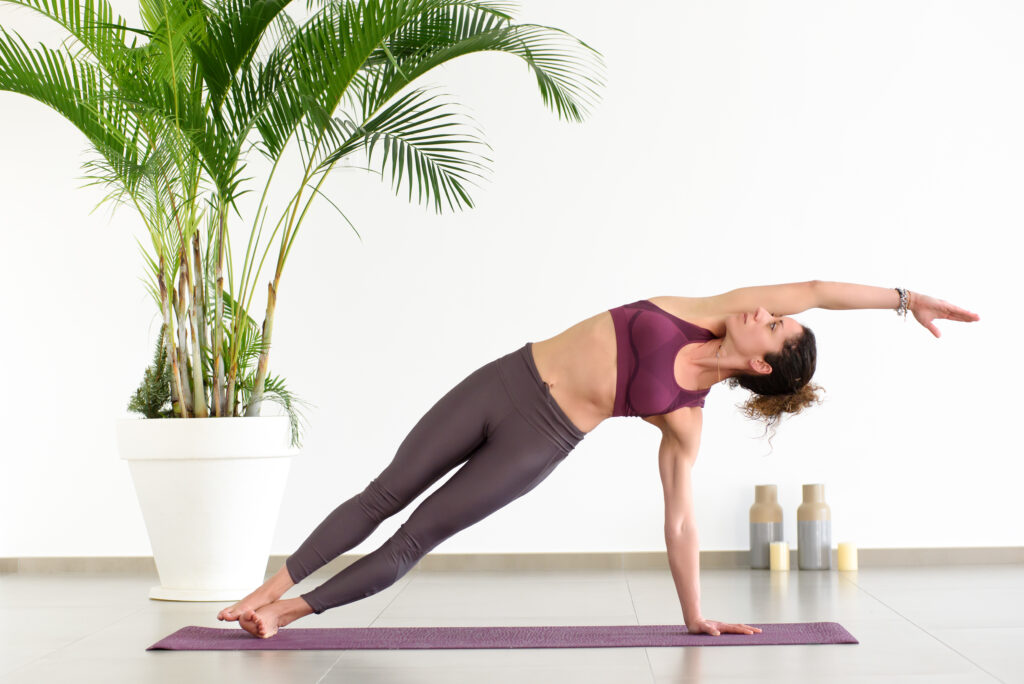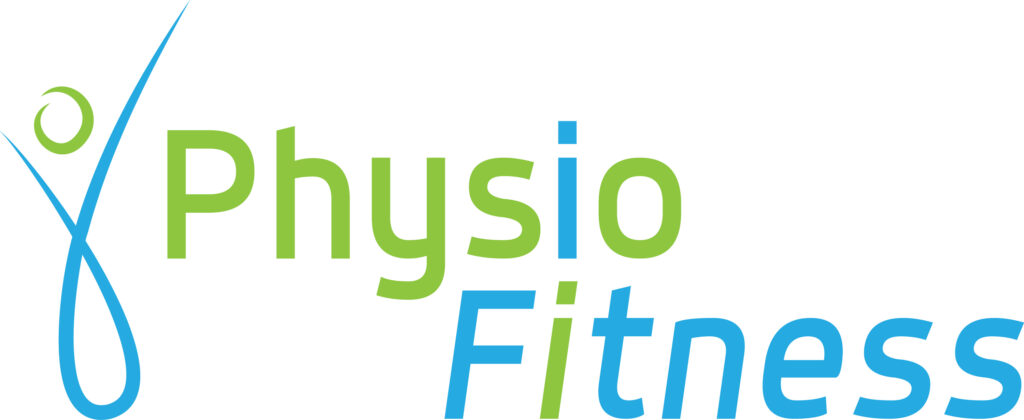In the realm of mind-body fitness practices, Pilates and Yoga stand out as two popular choices. Both disciplines promote flexibility, strength, and overall well-being, but they do so in distinct ways. There are differences between the two and also benefits with both.
Pilates: Core Strength and Controlled Movement
- Origin and History:
- Pilates was developed in the early 20th century by Joseph Pilates, primarily as a rehabilitation technique for injured soldiers during World War I.
- It focuses on strengthening the core muscles, aiming to improve posture and balance.
- Exercise Approach:
- Pilates emphasizes controlled, precise movements that engage the core muscles.
- Equipment like reformers, cadillacs, and barrels can be used to enhance resistance and assistance during exercises.
- Benefits of Pilates:
- Core Strength: Pilates is renowned for its ability to build a strong core, promoting better stability and posture.
- Flexibility: While less focused on flexibility than Yoga, Pilates still incorporates stretching exercises that improve range of motion.
- Injury Rehabilitation: Many physical therapists recommend Pilates as part of injury recovery programs.
- Mind-Body Connection: It fosters mindfulness and concentration, aligning movement with breath.
Yoga: Balance, Flexibility, and Inner Peace
- Origin and History:
- Yoga has a long and diverse history, originating in ancient India thousands of years ago.
- It encompasses a wide range of styles, from the gentle Hatha to the more vigorous Ashtanga.
- Exercise Approach:
- Yoga combines physical postures (asanas), breath control (pranayama), and meditation (dhyana) to promote holistic well-being.
- Props like yoga mats, blocks, and straps are used to aid in performing poses.
- Benefits of Yoga:
- Flexibility: Yoga is renowned for its capacity to enhance flexibility, making it a popular choice for those seeking increased mobility.
- Stress Reduction: The meditative aspect of yoga helps reduce stress, anxiety, and promote mental clarity.
- Balance: Many yoga poses require balance, enhancing stability and proprioception.
- Spiritual Growth: For some practitioners, yoga serves as a spiritual and introspective journey.
Comparing the Benefits:
- Physical Fitness:
- Pilates primarily targets core strength and muscle toning.
- Yoga excels in flexibility and balance.
- Mental Well-being:
- Both disciplines offer stress reduction, but yoga’s meditative aspect is particularly effective in this regard.
- Injury Rehabilitation:
- Pilates is often recommended for rehabilitation due to its focus on controlled movements and core strengthening.
- Certain styles of yoga, such as Iyengar, can also be adapted for rehabilitation purposes.
- Customization:
- Pilates exercises can be tailored to individual needs, making it suitable for various fitness levels.
- Yoga offers a wide range of styles, allowing practitioners to choose the one that aligns with their goals.
Conclusion
In the choice between Pilates and Yoga, there is no definitive answer as to which is better. It ultimately depends on your personal goals and preferences. Some people even choose to incorporate both into their fitness routines to enjoy a comprehensive range of benefits.
While Pilates hones in on core strength and controlled movement, Yoga offers a more holistic approach, promoting flexibility, balance, and inner peace. Regardless of your choice, both disciplines offer unique and valuable contributions to your physical and mental well-being. Whether you’re seeking a stronger core or inner tranquility, Pilates and Yoga are paths that can lead you to a healthier, happier you.




